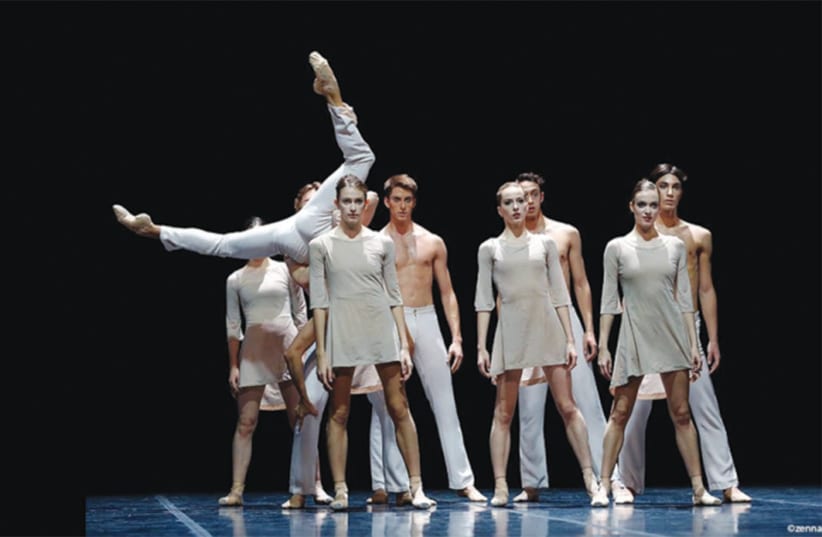Kudos to Ivan Liska, the artistic director of the visiting Bavarian junior ballet company.
It takes a measure of chuzpah (extreme self-confidence or audacity), to recruit a group of youngsters fresh out of ballet schools, pick out the most promising talents among them and turn them into a junior ballet repertoire company, ready to perform and tour. Dancers between the ages of 17-20 stay with the company for only two years. They go through rigorous training and confront new repertoire challenges. The intent behind it is that after intensive drilling, they will be ripe enough to join professional companies.
During that stage they will be judged, not only by the number of pirouettes they can do or how high they can lift up a leg, but by the quality of their showmanship, being able to touch their audience and supply the tangible essence of dance. Indeed, quite a heavy load.
By their performance in Israel, they are almost there. All considered, their performance was quite satisfying. One could also admire their high degree of commitment and motivation, as they projected their collective optimism, seized the moment and smiled effortlessly.
The dancers, as a group, showed quite impressive technique and catchy pizzazz. That covered up several unstable moments and shaky unisons.
The evening’s repertoire included four works and commenced with Un Ballo, by the renowned Jiri Kylian, Ballet 102 by Erik Gauthier, Immortal Love by Jorg Mannes and Eyeblink by Israeli choreographer Maria Barrios.
One can always rely on Kylian’s work to bring quality to the table. His dance always carries refined fluency and composition, sensitivity and humanity. His work Un Ballo, set to music by Maurice Ravel, worked particularly well for the young company, perhaps since Kylian created it originally for his own junior company – NDT II. He devised it to enhance a dancer’s awareness towards music and skills needed for partnering in a duet. Performing this piece was a most pleasing introduction to the company.
Erik Gauthier created Ballet 102, a clever piece, which alludes to the 102 positions needed to be mastered in order to perform the classical Pas de Deux; the pride and glorious achievement of the ballet, performed by the most prestigious ballet dancers. Yet, Gauthier chose the tongue-in-cheek approach, namely while being very serious about the perfect execution of each position sequentially from the first, to the 102nd position. He turned it into a fast , rhythmical marine-like training, while he inserted plenty of references to positions borrowed from other contemporary dance makers. At times it was hilarious and often it was breathtaking. Original ideas often cause that reaction.
